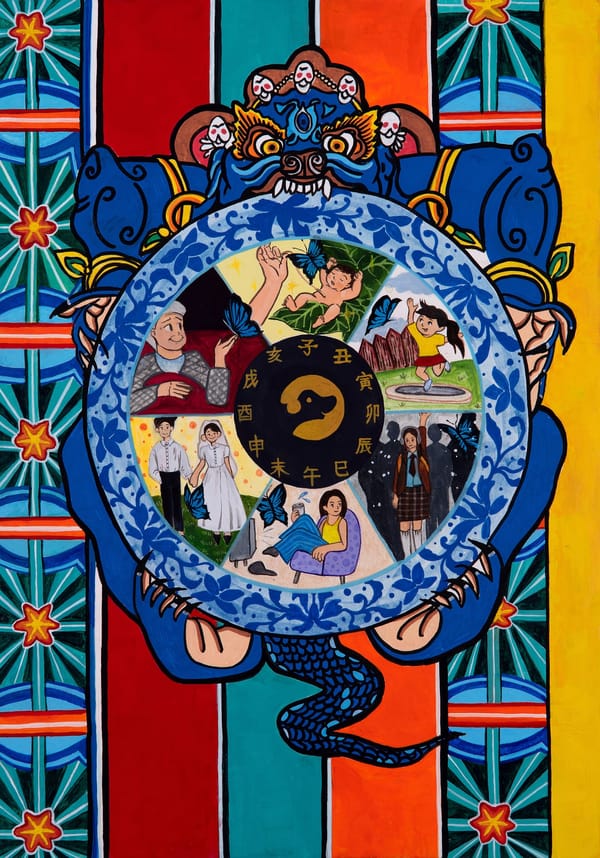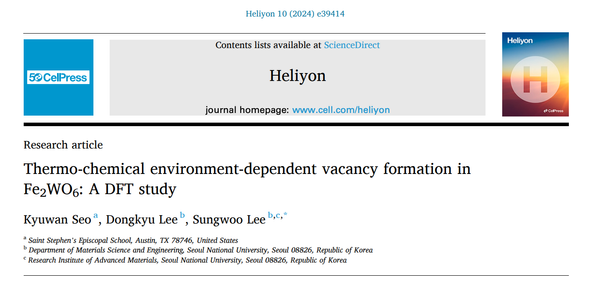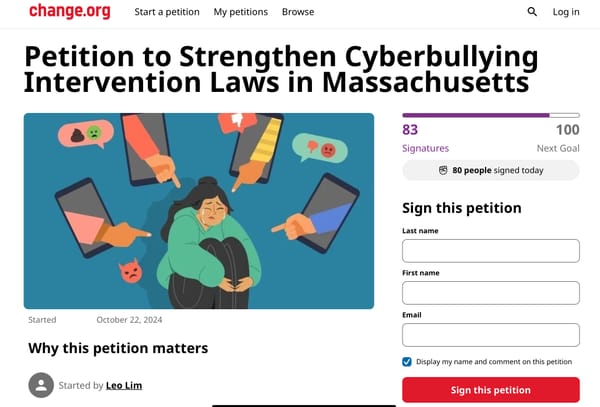FUTURE RELICS, PRESENT MEMORY: HOW DANIEL ARSHAM CHANGED MY VIEW OF HISTORY AND ART
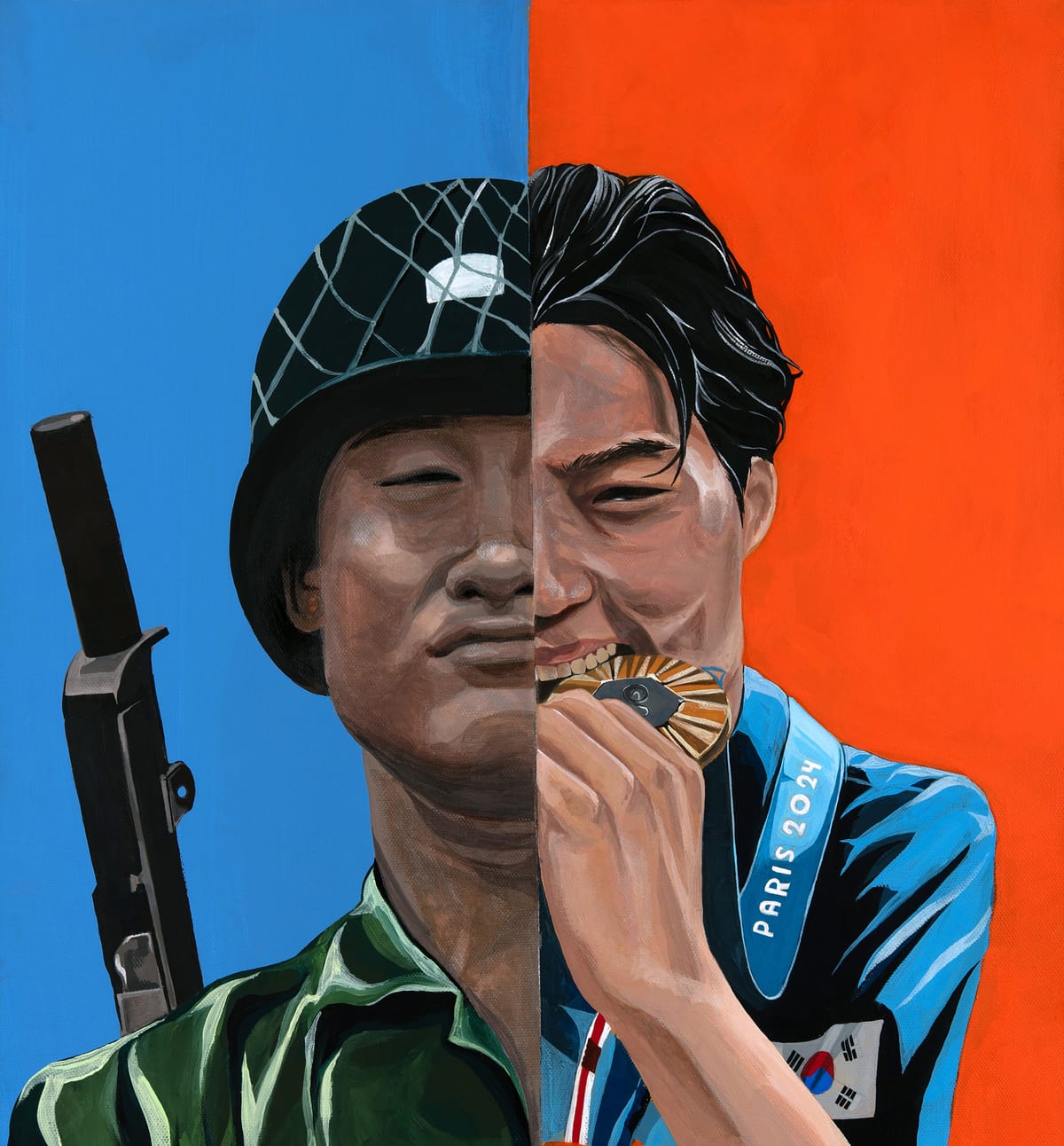
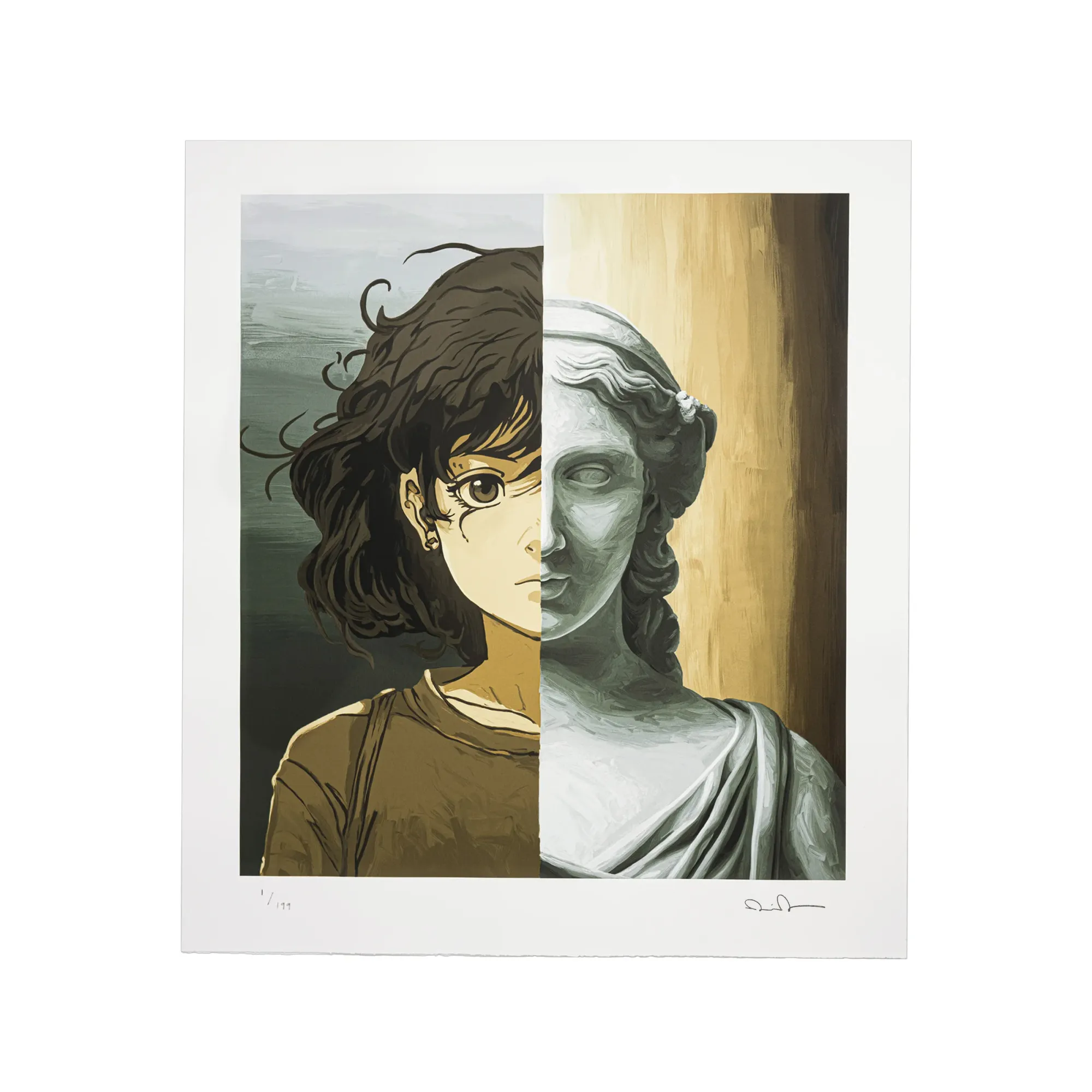
White. Everything was white, until it wasn't. Standing in Seoul's sprawling Arsham retrospective, I watched as shapes emerged from the monochromatic haze like ghosts materializing from a fog. A deteriorating PlayStation controller. A crumbling Mickey Mouse. A fossilized basketball. Each object was familiar yet alien, contemporary yet ancient, as if our present had been excavated from some future civilization's archaeological dig. This was my first encounter with Daniel Arsham's "fictional archaeology," and it would fundamentally change how I thought about depicting history through art.
The revelation hit me like a physical force: Arsham wasn't just making art about time—he was manipulating time itself through pure aesthetics. Here were the artifacts of our present moment, transformed into future relics through a masterful manipulation of color and texture. Or rather, the strategic absence of color, a limitation born from his colorblindness that became his signature strength.
I had been grappling with history's weight ever since watching "Ode to My Father," when tears welled in my eyes watching families separated by war search desperately for each other on live television. That moment awakened something in me—a burning desire to make Korean history felt, not just known. But how? How could I make the past immediate, urgent, alive?
Arsham's work offered an answer. His eroded, crystallized artifacts of modern life collapse time itself. A Pokemon rendered in his signature style becomes both a childhood memory and a future archaeological find. The past and future converge in a perpetual, haunting present. Standing before his works in Seoul 3024, I felt time bend and wrap around me.
This temporal alchemy inspired my own artistic breakthrough. Where Arsham creates future artifacts from present objects, I began to work backwards, pulling historical moments into the present. My piece juxtaposing a Korean War soldier with Olympic fencer Oh Sang-Wook emerged from this inspiration. Using Arsham's restrained palette on the soldier's side, I could suggest both historical distance and timeless relevance. The stark contrast with the vivid colors of the modern athlete doesn't just show different eras—it collapses them into dialogue.
Like Arsham's crumbling Gameboys and eroded Pikachus, my soldier and fencer speak to how we "fight" for our country across time. One through literal combat, the other through sporting excellence, both images resonate with sacrifice and national pride. The visual conversation between them, achieved through Arsham's techniques, makes history immediate and visceral.
Working on this piece, I understood something profound about both art and history: time isn't linear. The past doesn't simply recede; it echoes, ripples, reaches forward to touch us. Arsham's genius lies in making this tangible through pure aesthetics. His "fictional archaeology" isn't just a clever concept—it's a new way of seeing how past, present, and future interweave.
This understanding transformed my artistic practice. My work with RExTO (Remember Tomorrow) took on a new dimension. The name itself reflects our mission: to make tomorrow's memory of today as vivid as yesterday's echo in the present. Through this project, I began exploring ways to make historical narratives physically present and emotionally immediate.
This is what draws me to Arsham's work: not just the stunning visual innovation, but the profound philosophical implications. Through pure aesthetics—texture, erosion, monochromatic palettes—he makes time tangible. He shows us that every object contains multiple temporalities: its present form, its future decay, its potential for rediscovery. In doing so, he reveals how art can make history not just visible, but visceral.
Standing in that white-washed gallery in Seoul, watching contemporary artifacts transform into future relics, I found my artistic mission: to make history physically present, to collapse time through art, to make viewers feel the weight of the past in their bodies. Arsham showed me it was possible. Now it's my turn to carry that vision forward, using art to make memory immediate, urgent, and alive.
Author's Bio: Emily Kim is a Korean-American artist whose work explores the intersection of history, memory, and visual art. She is the founder of RExTO (Remember Tomorrow), an initiative dedicated to preserving and reimagining historical narratives of Korean War veterans.
BIBLIOGRAPHY
Primary Source Materials:
1. Arsham, Daniel. Seoul 3024 Exhibition. Seoul, Korea, 2023.
2. "Ode to My Father" (국제시장, Gukjesijang). Dir. Yoon Je-kyoon, CJ Entertainment, 2014.
Academic and Critical Sources:
3. Modrak, Rebekah. "Art as Social Practice: Technologies for Change." Routledge, 2022.
4. Foster, Hal. "An Archival Impulse." October, Vol. 110 (Fall 2004), pp. 3-22.
Interviews and Artist Statements:
5. Arsham, Daniel. "Future Relics." Interview with Design Boom, 2020.
6. Lee, Cheol-ok (이철옥 회장님). Personal Interview for RExTO project, 2023.
Online Resources:
7. "Daniel Arsham: In Conversation." Studio International, 2022.
Note from the Author:
While creating this article, I drew heavily from my personal experience at Arsham's Seoul 3024 exhibition and my own artistic practice. The theoretical framework was informed by contemporary discussions of temporality in art, particularly how artists engage with what Hal Foster terms "the archival impulse" in contemporary art practice.
